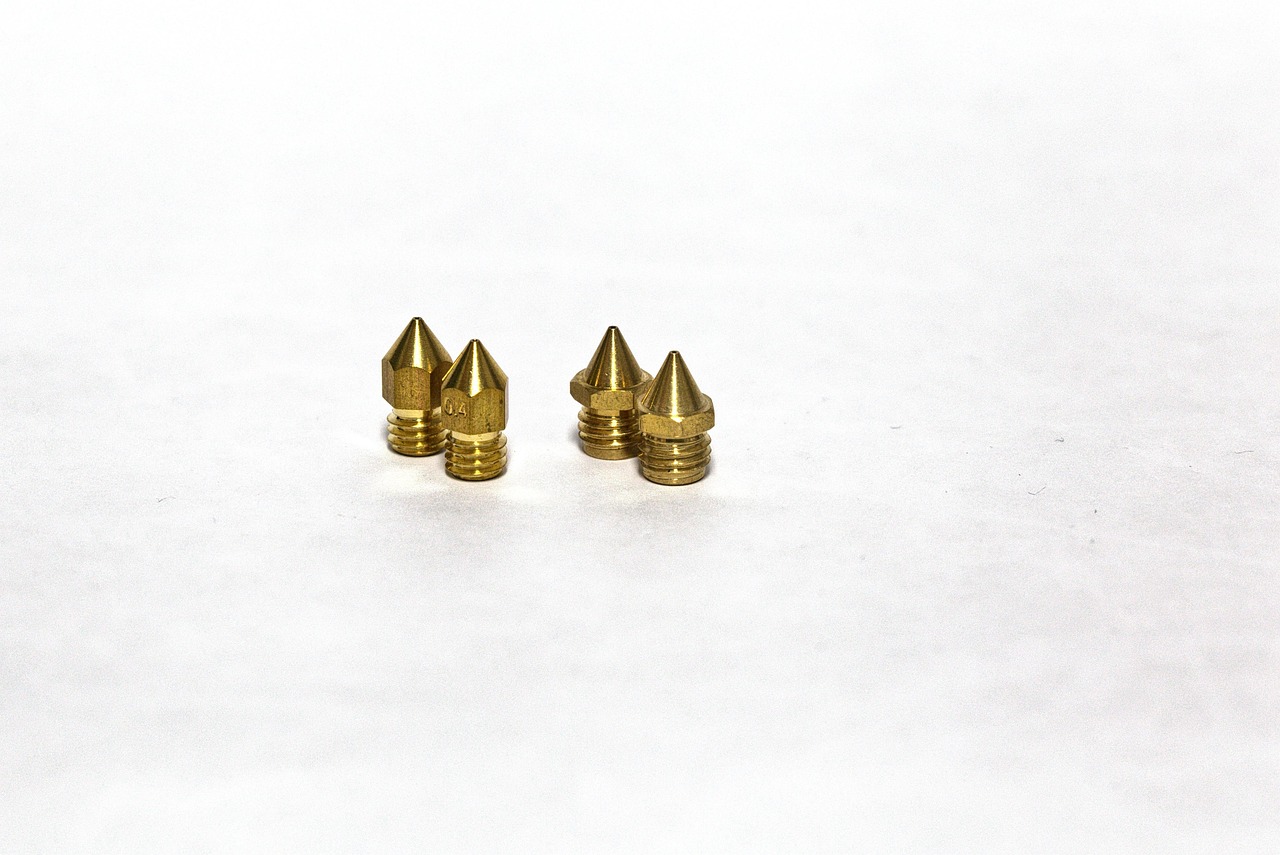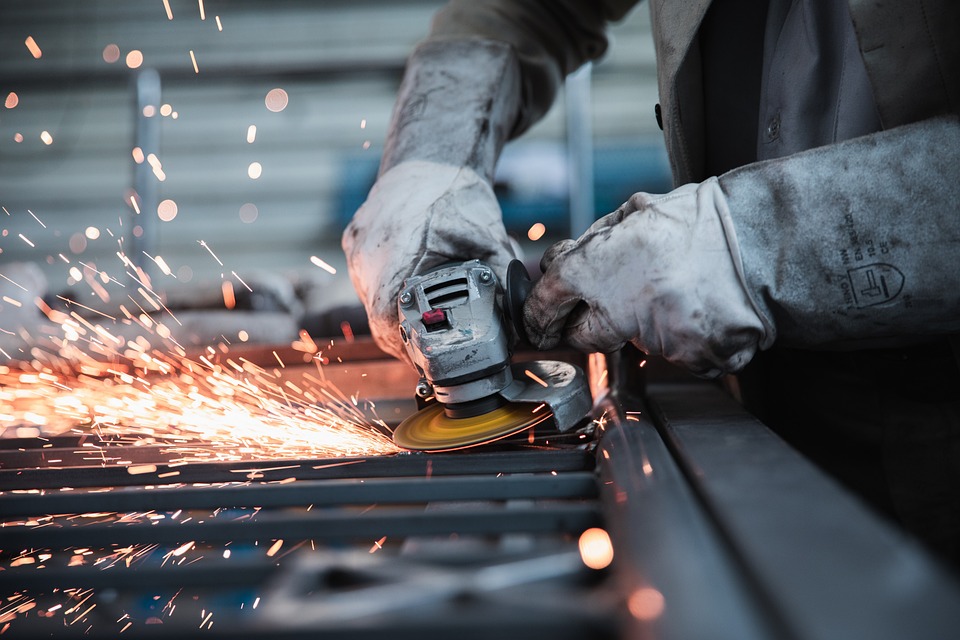
Alloy
A high-tech enterprise focusing on the development and application of X-ray technology products, committed to becoming a leading supplier of X-ray industrial testing solutions.
XRF Machines vs. Traditional Testing Methods: Why XRF Is the Future
Introduction
In the world of material analysis and quality control, the debate between traditional testing methods and modern X-ray Fluorescence (XRF) technology is ongoing. As industries demand faster, more accurate, and non-destructive testing solutions, XRF machines are emerging as the clear choice for the future. This article explores the key differences between XRF and conventional testing methods, highlighting why XRF technology is revolutionizing material analysis across various sectors.

The Limitations of Traditional Testing Methods
Traditional material testing techniques have served industries well for decades, but they come with significant drawbacks:
Destructive Testing Requirements:
Acid tests damage samples
Fire assay destroys the tested material
Filing or scraping alters the specimen
Time-Consuming Processes:
Laboratory analysis often takes hours or days
Multiple preparation steps required
Limited throughput for high-volume testing
Operator Dependency:
Subjective interpretation of results
Variability between different technicians
Extensive training required for consistent accuracy
Limited Information:
Often only provides pass/fail results
Can't detect all elements simultaneously
No detailed compositional analysis
The XRF Advantage: Why It's Superior
XRF technology overcomes these limitations with several groundbreaking benefits:
Non-Destructive Analysis:
Preserves sample integrity
No chemical waste or residue
Ideal for testing finished products and valuables
Instant Results:
Real-time measurements in seconds
No sample preparation needed for most applications
Enables on-the-spot decision making
Comprehensive Data:
Quantitative and qualitative analysis
Detects elements from magnesium (Mg) to uranium (U)
Measures composition and coating thickness
User-Friendly Operation:
Minimal training required
Automated analysis reduces human error
Intuitive software interfaces
Industry-Specific Benefits of XRF
Jewelry and Precious Metals
Verifies gold karat and alloy composition
Detects counterfeit and plated items
Maintains value of tested pieces
Scrap Metal Recycling
Rapid sorting of metal alloys
Identifies hazardous elements
Optimizes material recovery
Manufacturing Quality Control
Verifies incoming raw materials
Monitors production consistency
Ensures regulatory compliance
Environmental Testing
Analyzes soil and water contamination
Detects lead and other toxic elements
Supports remediation efforts
The Future of Material Testing
As XRF technology continues to evolve, we can expect:
Enhanced Portability - Smaller, lighter devices with longer battery life
Improved Sensitivity - Detection of trace elements at lower concentrations
Smart Features - AI-powered analysis and cloud connectivity
Broader Adoption - More industries transitioning from traditional methods

Terras EulerX900 Handheld Alloy Analyzer
A cornerstone of metal analysis, XRF spectrometry is valued for its reliability and portability in quality control applications. The EulerX 900 series enhances this with fast, accurate measurements powered by advanced electronics and algorithms, enabling non-destructive inspection of raw materials, final products, and in-process components. With minimal training needed, users can instantly view alloy grades and compositions on its touchscreen, eliminating sample preparation. Its versatility extends to solids, liquids, and powders, serving industries like scrap recycling, precious metals analysis, and PMI.
Conclusion
While traditional testing methods still have their place in specific applications, XRF technology clearly represents the future of material analysis. With its combination of speed, accuracy, non-destructiveness, and ease of use, XRF is transforming how industries approach quality control and material verification. As the technology becomes more advanced and accessible, we can expect to see even wider adoption across sectors that value efficiency, precision, and cost-effectiveness.
Are you still relying on traditional testing methods? It might be time to consider how XRF could revolutionize your operations.
Join Us
Subscribe to our email list for updates & promotions.



